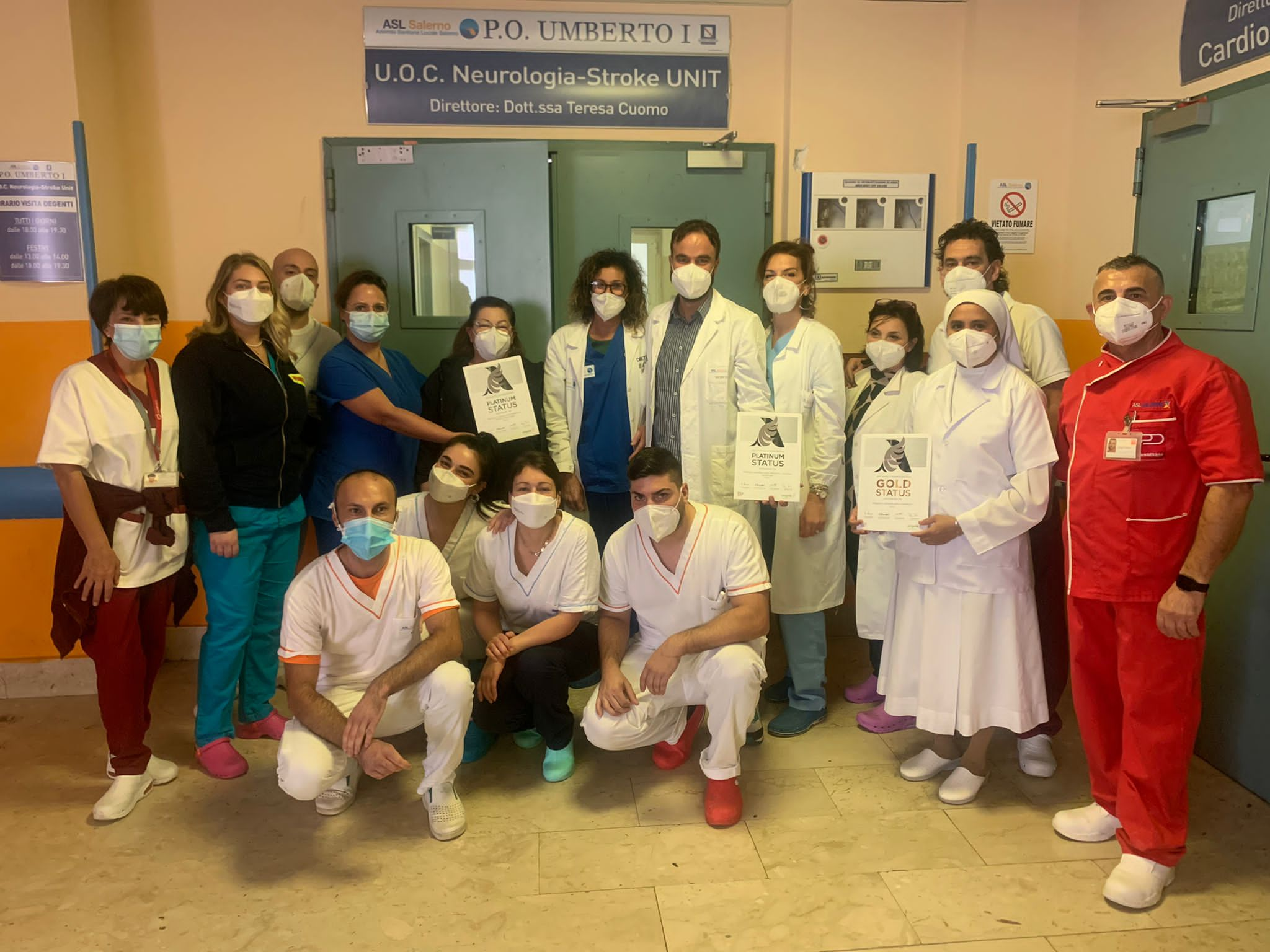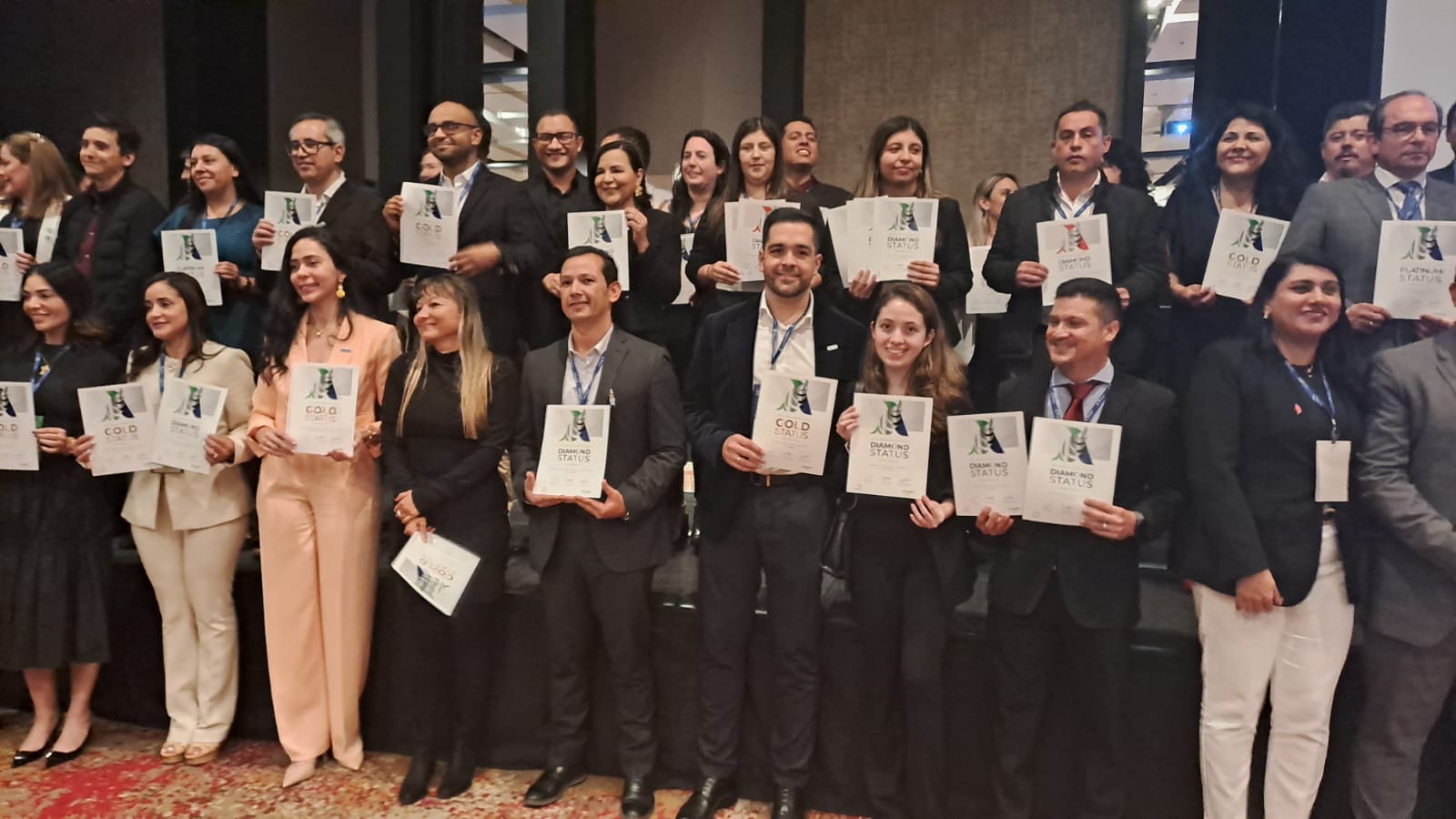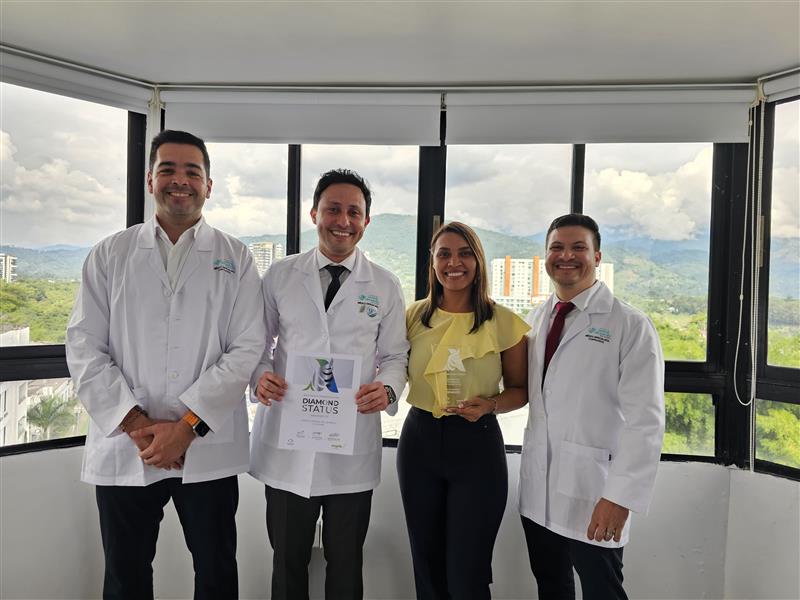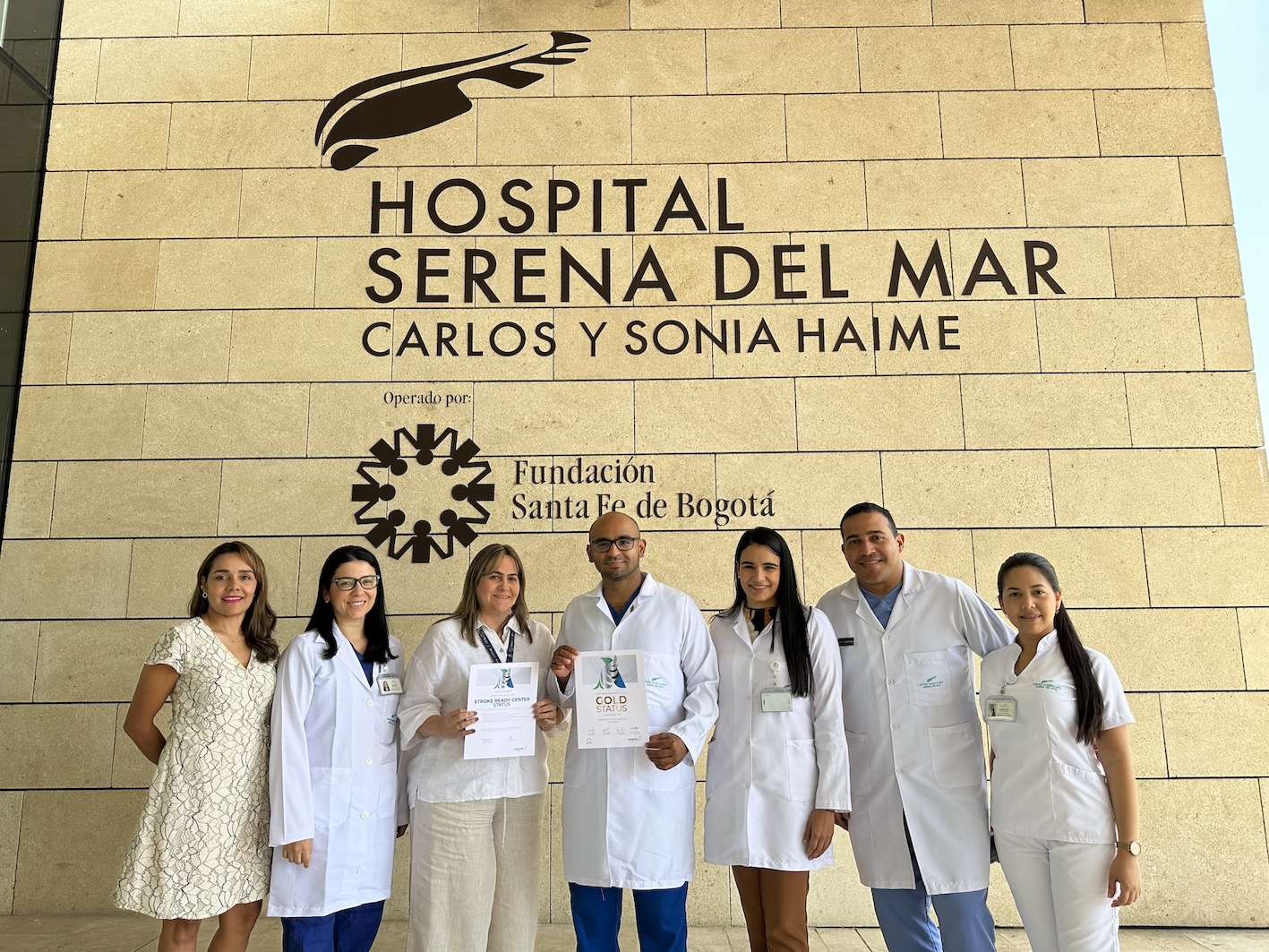Dosáhnout toho, co je ještě důležitější, si vyžádalo nový význam pro andělského konzultanta v jihozápadní Itálii, kde se instalace vyhrazeného tahového zařízení zastavila v důsledku chybějící nákupní objednávky.
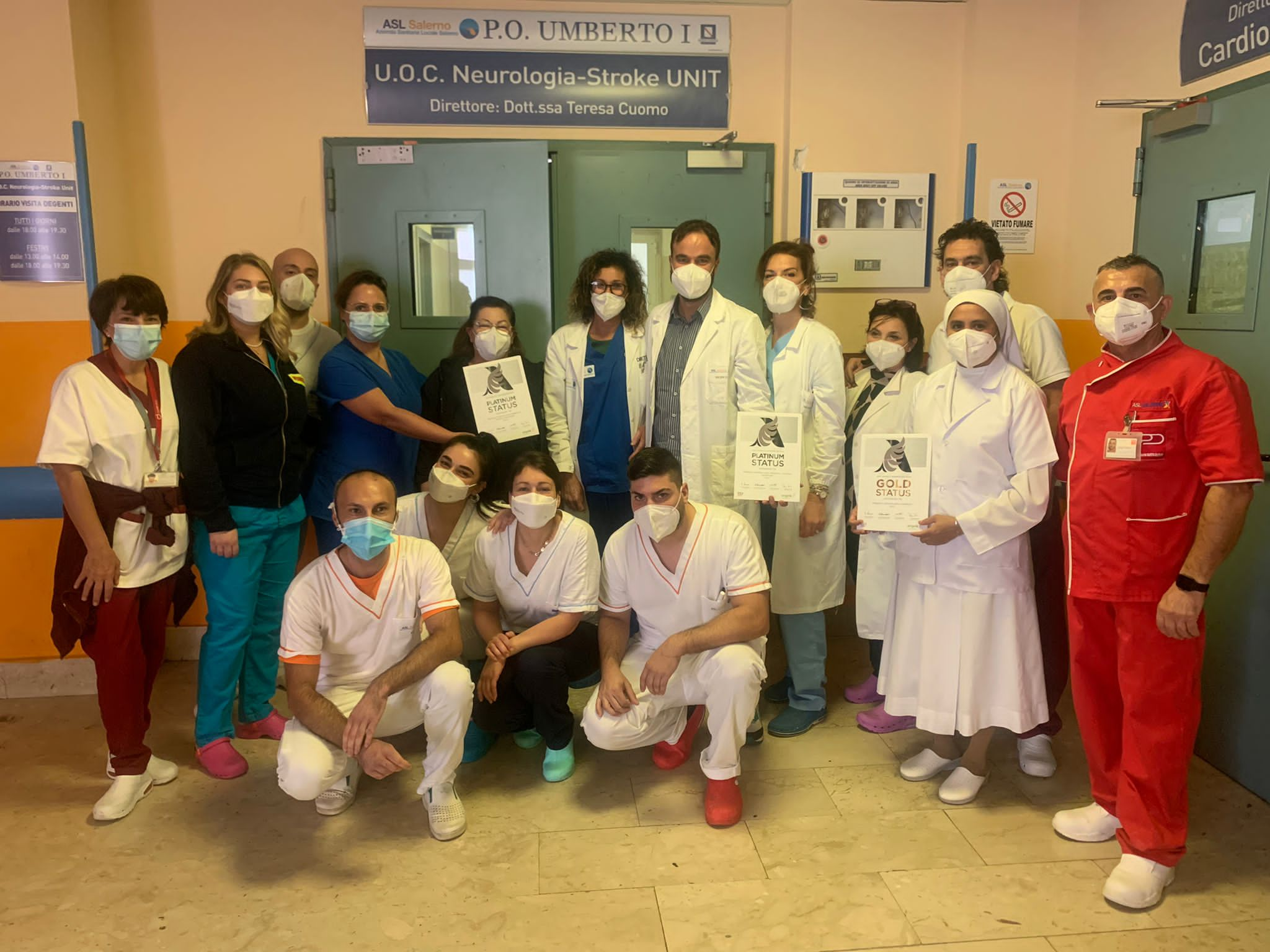
Zprávy o tom, že Nemocnice Umberto I v Nocera Inferiore se chystala začít léčit pacienty s akutní cévní mozkovou příhodou, přinesly v roce 2017 místní titulky. Stala by se pouze druhou nemocnicí pro léčbu cévní mozkové příhody v italské provincii Salerno a její blízkost k Neapoli je 20 minut jízdy vlakem odtud, což jí propůjčilo ještě více strategické důležitosti. Cesta k tomu, abyste se stali nemocnicí připravenou na cévní mozkovou příhodu, by však trvala mnoho otáček a vedla andělského konzultanta na papírové stezce, aby našel dokument, který by otevřel dveře k vyhrazené mrtvici, aby sloužil občanům tohoto hustě zalidněného koutku italského poloostrova.
Město Nocera Inferiore se nachází v Kampanii, regionu stejně bohatém na kulturu a přírodní krásy. Pro návštěvníky, kteří se zajímají o historii, je jeho největším nákresem středověký hrad na kopci Santa Andrea, jehož opevněné zdi připustily zpracování popů, vězňů a básníků mezi posledně jmenovanými Dante Alighieri a Giovanni Boccacio, dvěma tzv. „tři koruny“ italské literatury.
12minutová chůze od této vyskladněné budovy leží v Nemocnici Umberto I, kde v roce 2017 na pozvánku hlavního neurologa nemocnice, Dr. Teresy Cuomo, hlásila Angelsova konzultantka Stefania Fiorillo. Během setkání Andělů za účelem mobilizace sítě pro cévní mozkovou příhodu v regionu rozpoznal Dr. Cuomo příležitost rozvíjet kapacitu pro léčbu akutní cévní mozkové příhody ve své nemocnici.
„Potřebujeme vaši pomoc,“ řekla Stefanii. „Nevíme, kde začít.“
Jak pro Stefanii, tak pro lékaře a zdravotní sestry v Nemocnici Umberto to signalizovalo začátek roku intenzivního učení. Vedení nemocnice přesvědčilo, tým vytvořil cestu k budování, dovednosti k rozvoji a nakonec jednu chybějící objednávku, kterou je třeba najít předtím, než se nemocnice Umberto ocitne na pódiu, aby získala první cenu ESO Angels Award.
Teorie zkušebního řízení do praxe
Školení, které začalo téměř ihned po zařazení nemocnice do studie u Angels, zahrnovalo všechny disciplíny spojené s péčí o cévní mozkovou příhodu a příspěvky od ředitele nemocnice pro neuroradiologii Dr. Andrey Manto, vedoucí pohotovosti Dr. Giovanna Esposito, místní záchranné služby, neurologů Dr. Antonella Menditti a Dario Coppeta a samozřejmě samotného Dr. Cuomo.
Jakmile byla cesta strukturována, zefektivněna a studována ze všech úhlů, Dr. Paolo Bovi, odborný neurolog ze severní Itálie, prezentoval magisterské kurzy v klinickém rozhodování a ostřílená zdravotní sestra Michele Napolitano poskytla pokyny ohledně péče o pacienty v akutní a postakutní fázi.
Nakonec měl tým CMP v oboru šanci otestovat své teoretické znalosti v sérii simulací, které je představily ještě více klinickým případům, a dne 1. June 2018 Stefania obdržela textovou zprávu, na kterou čekala: Nemocnice Umberto úspěšně trombolyzovala pacienta s první cévní mozkovou příhodou.
„V rámci našeho školení se zavazujeme dělat vše, co je v našich silách, abychom dali životu šanci,“ říká Stefania, která byla v roce 2016 mezi prvními konzultanty Angels jmenovanými v Evropě. Od poradců se také očekává, že budou zdokonalovat své pozorovací dovednosti, aby zjistili příležitosti pro zlepšení cesty cévní mozkové příhody v nemocnicích. Ale Stefaniiny smršťovací dovednosti se měly otestovat, když se pustila do řešení záhady chybějících monitorů.
Začátkem roku 2019 se Dr. Cuomo opět obrátila na Stefanii s žádostí o pomoc. Téměř rok po první trombolýze neměla nemocnice Umberto dosud žádnou specializovanou cévní mozkovou jednotku, kde by pacientům mohla být poskytnuta nejlepší možná péče kvalifikovanými zdravotními sestrami pro cévní mozkovou příhodu, fyzioterapeuty, řečovými terapeuty a dalšími postakutními specialisty. Prozatím byli pacienti s cévní mozkovou příhodou přiděleni k lůžkům na pohotovosti nebo zahájili zotavení v dočasné jednotce vytvořené v neurologickém oddělení.
Monitory pacientů byly potřeba pro provoz jednotky pro cévní mozkovou příhodu, ale rok po schválení akvizice se monitory stále nedostavily a nikdo nevěděl důvod.
Příjezd monitorů odemkne dveře
Vedení nemocnic v této části Itálie je komplexní systém s rozhodovacími pravomocemi jak na úrovni jednotlivých nemocničních administrativ, tak na úrovni zdravotnických orgánů, pod které spadají. Stefania zahájila své dotazy v horní části této hierarchie vedení, kde stanovila, že dokument opravňující k akvizici monitorů jednotek cévní mozkové příhody byl odeslán ke zpracování na administrační oddělení. Odtud ji hledání zavedlo do nákupní kanceláře, kde se trasa ochladila.
Pokud by se chybějící nákupní objednávka nepodařilo najít, bylo by to zpět na čtverec jedna pro dr. Cuomo a její tým.
Hledání jednoho listu papíru v rušném nákupním oddělení je jako hledání přísloví v senném zásobníku, ale Stefanii nelze snadno odradit. Pokud optimální péče o pacienty s cévní mozkovou příhodou v této části Salerna závisela na nalezení chybějícího dokumentu, jednalo se o sennou brašnu, na kterou byla připravena.
Projít se horami dokumentů, které hledaly jeden list papíru, trvalo hodiny, ale Stefaniino odhodlání bylo odměněno, když se konečně narovnala a držela v ruce nákupní objednávku.
Příjezd monitorů nyní umožnil okamžitou aktivaci čtyř sledovaných lůžek na neurologickém oddělení. Jednotka cévní mozkové příhody s otevřeným uspořádáním a specializovaným týmem byla konečně otevřena v roce 2020, ve stejném roce nemocnice získala své první ocenění ESO Angels platinum. V roce 2021 získali další ocenění za úspěchy, které zahrnují 30% míru rekanalizace a medián doby od dveří k jehle pod 45 minut.
Tým v Nemocnici Umberto však nebyl spokojený s péčí o pacienty s cévní mozkovou příhodou až do okamžiku propuštění. CMP jednotka byla sotva rok stará, když pobobtnáléhové rehabilitační centrum otevřelo své dveře na úpatí kopce Santa Andrea. Zde vysoce specializovaný tým vedený Dr. Monicou Gambacortou a Arturem D’Antonem dokončí cestu péče o pacienta s cévní mozkovou příhodou, aby mu poskytl nejlepší možnou šanci na autonomii, nezávislost a kvalitu života.
Je hrdý na ocenění, pro Stefanii, stejně jako pro tým v Nemocnici Umber, na dlouho očekávanou cévní mozkovou jednotku, a zejména její lesklé monitory, které dohlížejí na základní životní funkce pacientů, slouží jako neustálá připomínka síly a odměn vytrvalosti, která urazí další kilometr.
